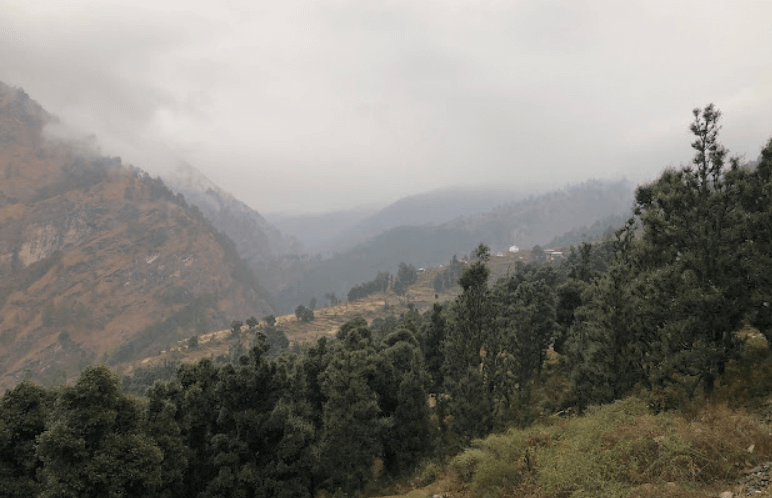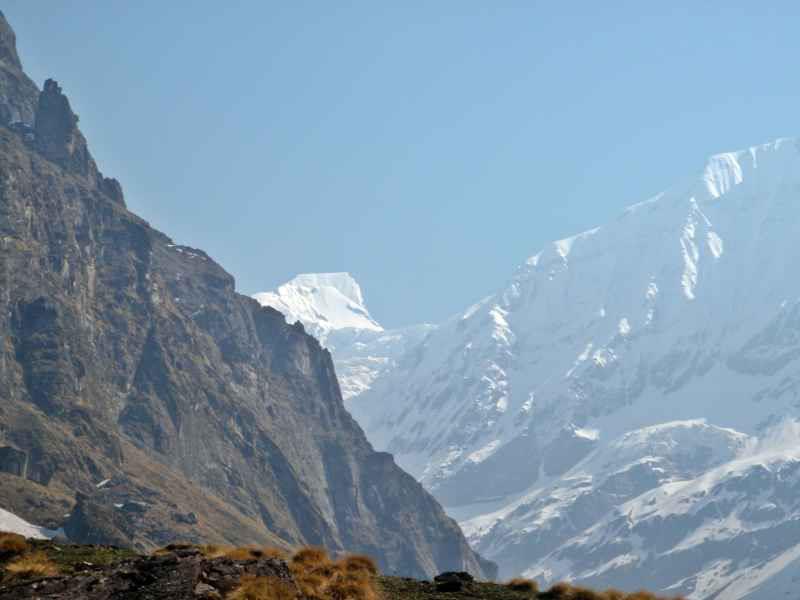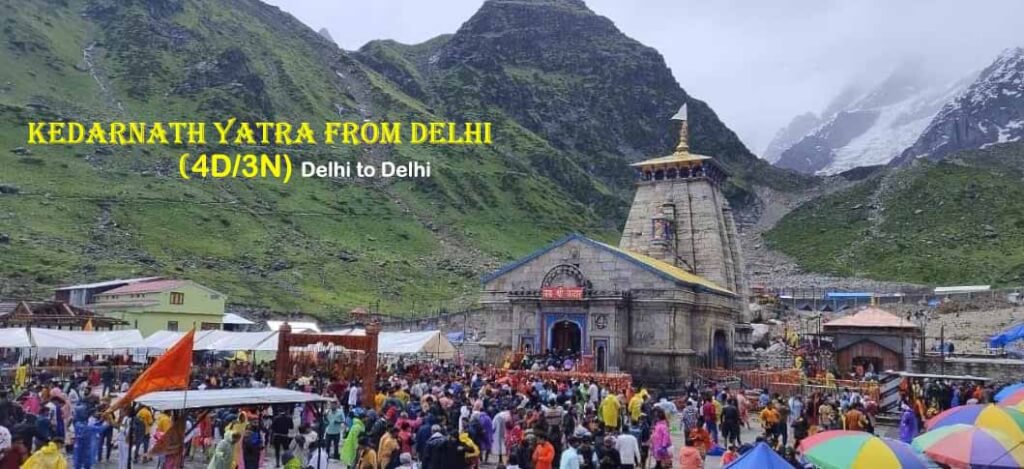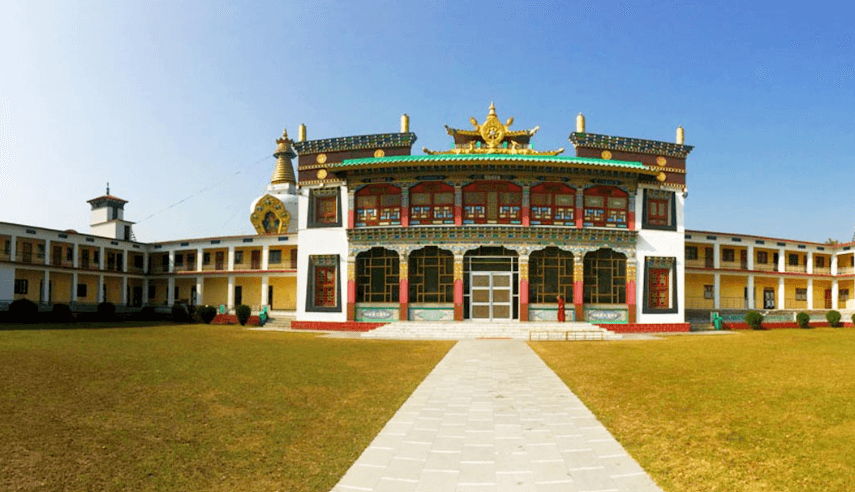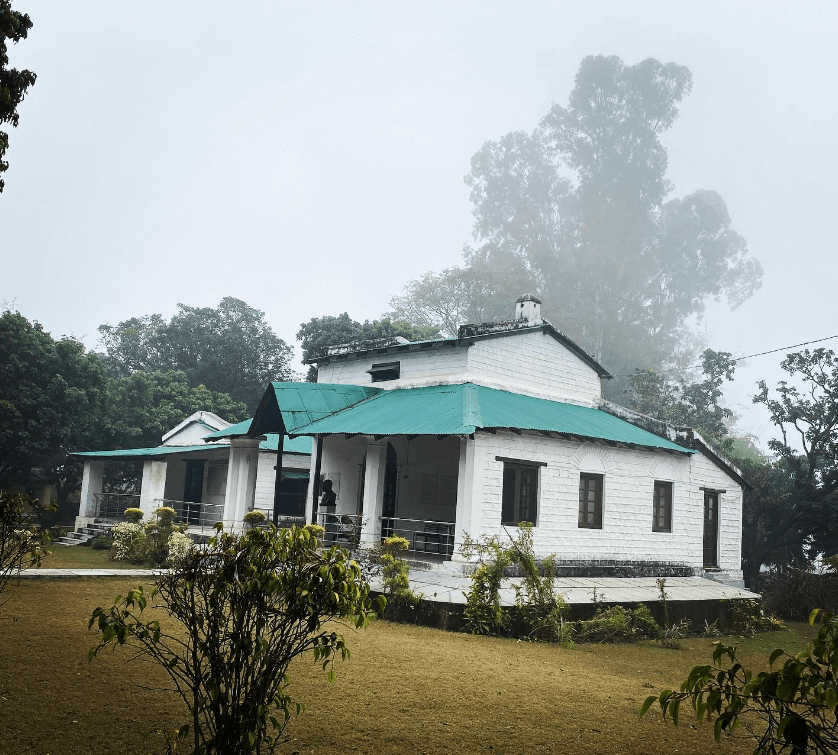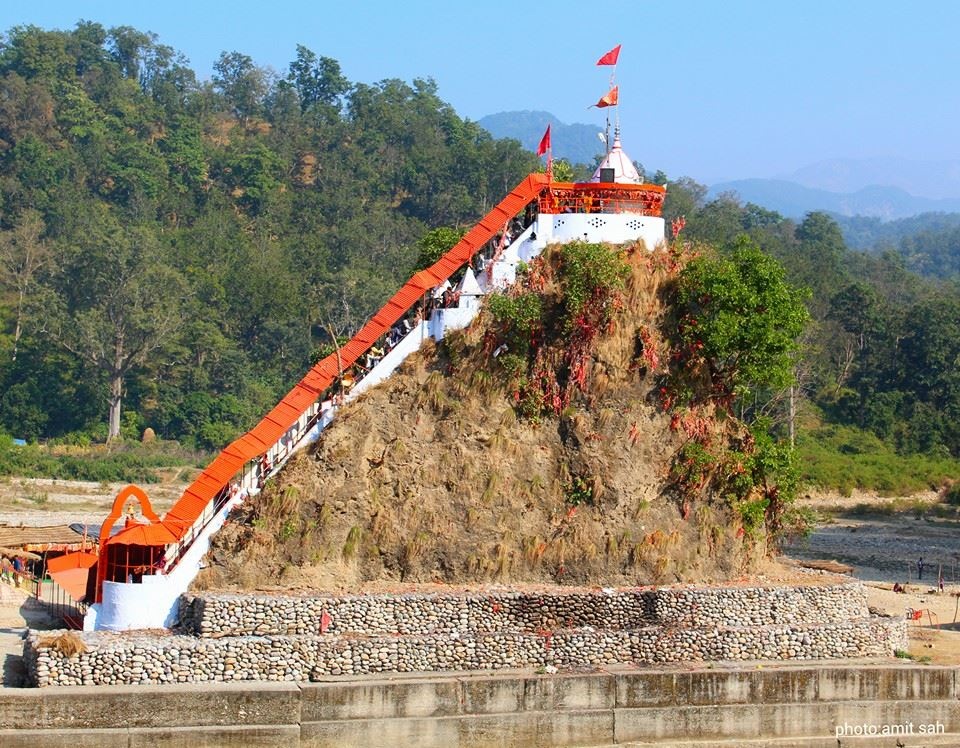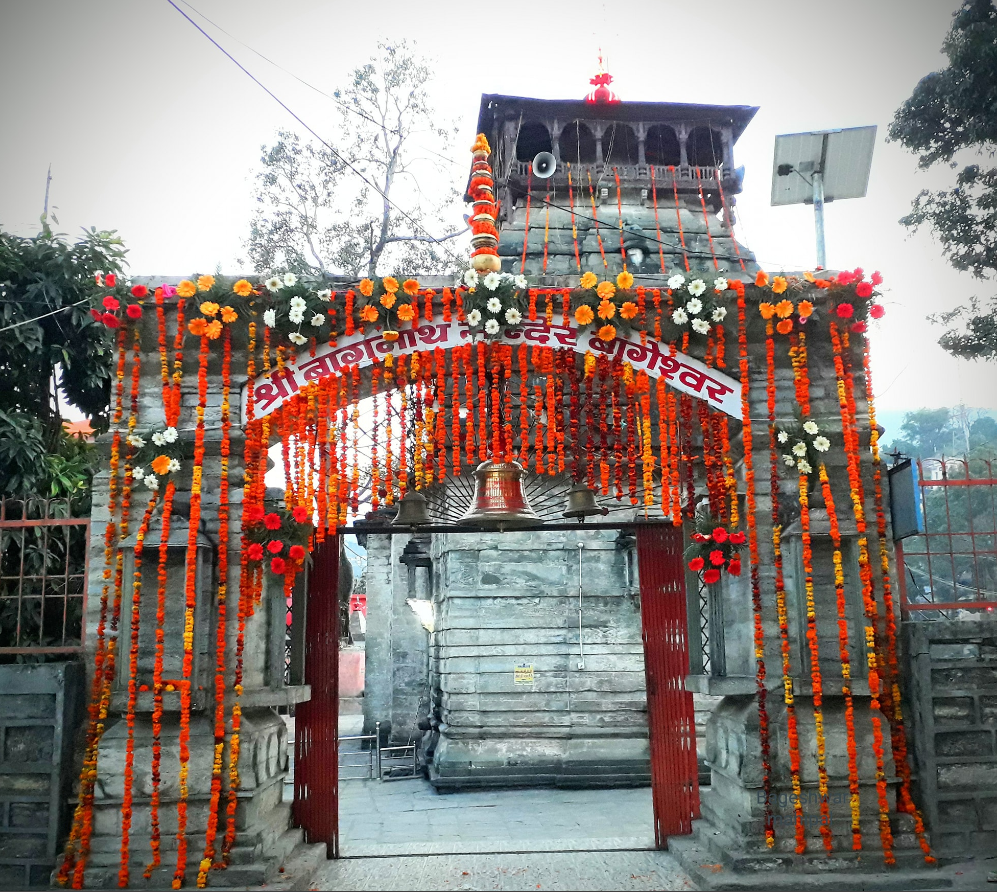The Gangotri Glacier is one of the largest glaciers in the Himalayas and is the primary source of the Ganges River. Located in the Uttarkashi district of the Indian state of Uttarakhand, it is approximately 30 kilometers long and covers an area of about 286 square kilometers.
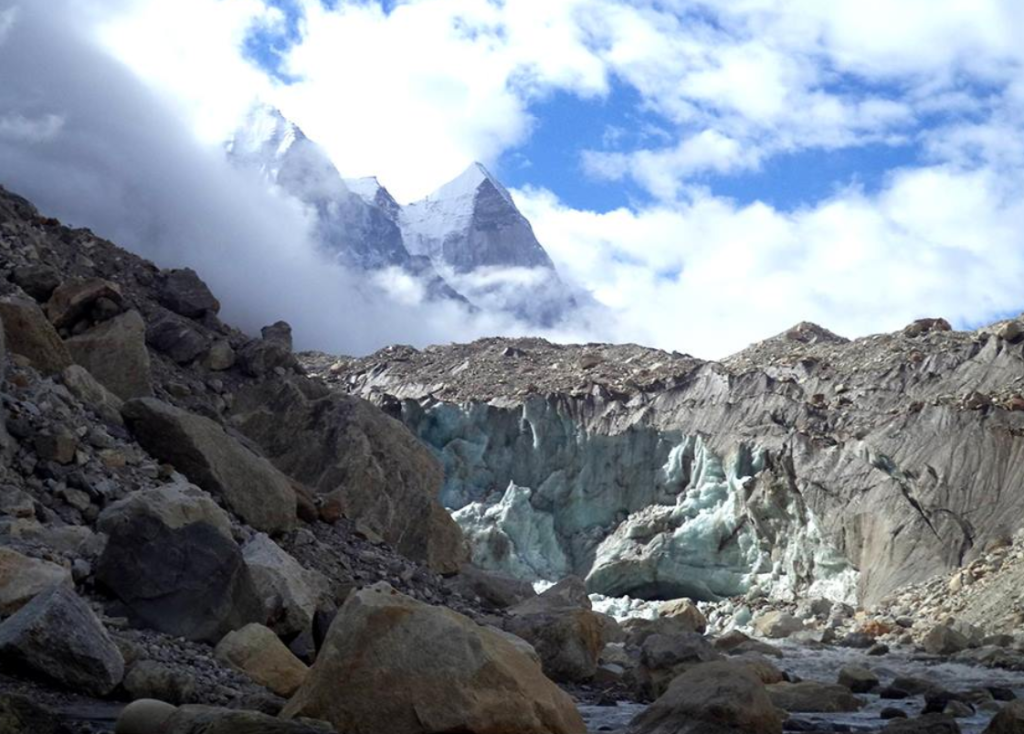
The glacier is situated at an altitude of around 4,000 meters above sea level in the Garhwal Himalayas. It is fed by snow and ice from several peaks, including Shivling, Thalay Sagar, Meru, and Bhagirathi III. From its snout at Gaumukh (literally “Cow’s Mouth”), where the glacier terminates, the Bhagirathi River emerges, which later joins the Alaknanda River to form the Ganges at Devprayag.The Gangotri Glacier holds immense religious significance in Hinduism and is visited by thousands of pilgrims every year, who trek up to Gaumukh, the source of the Ganges, as part of their spiritual journey.
Some Key Points About the Gangotri Glacier
Location: Gangotri Glacier is located in the Uttarkashi district of the northern Indian state of Uttarakhand, in the Garhwal Himalayas. It is situated at an altitude of about 7,100 meters (23,300 feet) above sea level.
Origin: The glacier is the primary source of the Ganges River, one of the most sacred rivers in Hinduism. It originates from the Chaukhamba range of the Garhwal Himalayas.
Length: Gangotri Glacier is approximately 30 kilometers (19 miles) long, making it one of the largest glaciers in the Himalayas.
Importance: The glacier holds immense religious significance for Hindus, who believe that bathing in the waters of the Ganges, originating from this glacier, can cleanse one of sins. It is also an important source of water for millions of people living in the Indian plains.
Retreat: Like many glaciers around the world, Gangotri Glacier has been experiencing significant retreat due to climate change. This retreat has raised concerns about its impact on the water supply and ecosystem of the region.
Trekking: Gangotri Glacier is a popular destination for trekkers and adventure enthusiasts. The trek to the glacier offers breathtaking views of the surrounding Himalayan peaks and the opportunity to witness the glacier’s majesty up close.
Conservation Efforts: Efforts are underway to monitor and study the glacier’s retreat, as well as to raise awareness about the importance of preserving Himalayan glaciers and mitigating climate change to ensure the sustainability of water resources in the region.
Mythology About Gangotri Glacier
The Gangotri Glacier holds immense significance in Hindu mythology and culture, being regarded as the source of the holy river Ganges (Ganga), one of the most sacred rivers in India. Several myths and legends are associated with the Gangotri Glacier:
Goddess Ganga’s Descent: It is believed that the Ganges river is the personification of the goddess Ganga. In some versions of the myth, it is said that Lord Shiva agreed to catch the forceful flow of the Ganges on his head to prevent its impact from flooding the Earth. This act is known as “Ganga Avatarana” (the descent of the Ganges) and is depicted in various Hindu scriptures and artworks.
The Sacredness of Gangotri: The Gangotri Glacier, being the apparent source of the Ganges, is considered highly sacred by Hindus. Pilgrims undertake arduous journeys to visit the Gangotri Temple, situated near the snout of the glacier, to offer prayers and seek blessings.
Mythological Significance: The Gangotri Glacier is often portrayed as a symbol of purity and divinity in Hindu mythology. The water from the glacier is believed to possess extraordinary cleansing powers, both physically and spiritually.
Glacier In Uttarakhand
How To Reach Sankri
Sankri is a picturesque village located in the Uttarkashi district of the Indian state of Uttarakhand. It serves as a…
Kafni Glacier
The Kafni Glacier is located in the Kumaon Himalayas in the state of Uttarakhand, India. It is one of the…
Kedarnath Yatra from Delhi (04D/3N)
Yatra Overview Region :- Garhwal (Uttarakhand)Duration :- 04 Days / 3 NightMax Altitude :- 3583 m.Approx Trekking :- 16 Km (Per Side)Reporting…
How To Reach Mindrolling Monastery
To reach Mindrolling Monastery, located in Dehradun, Uttarakhand, here’s how you can get there: By Air Nearest Airport: Jolly Grant Airport (Dehradun…
How To Reach Corbett Museum
Reaching Corbett Museum in Kaladhungi, Uttarakhand, is quite straightforward. Here’s how you can get there: By Road From Ramnagar: Distance: Approximately 30 km…
How To Reach Garjiya Temple
Garjiya Temple, located near Ramnagar in Uttarakhand, India, is a popular pilgrimage site dedicated to Goddess Garjiya. Here are the…
How To Reach Baghnath Temple
Baghnath Temple, located in the picturesque town of Bageshwar in Uttarakhand, India, is accessible by various means: By Road From Bageshwar Town:…

